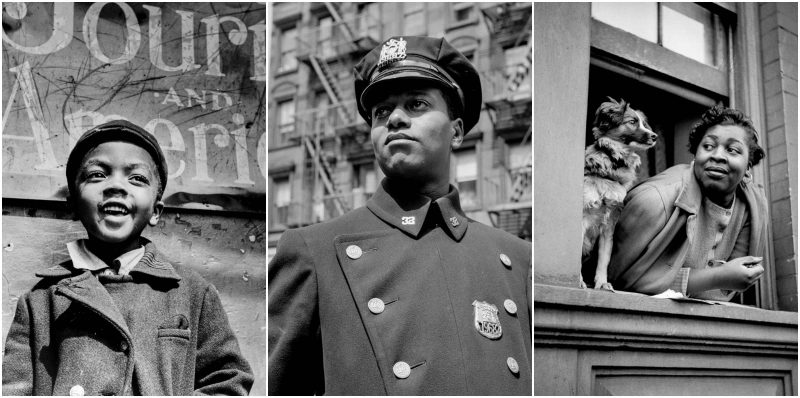Gordon Parks was a noted American photographer, musician, writer and film director, who became prominent in U.S. documentary photojournalism in the 1940s through 1970s—particularly in issues of civil rights, poverty and African-Americans—and in glamour photography. As the first famous pioneer among black filmmakers, he was the first African-American to produce and direct major motion pictures—developing films relating the experience of slaves and struggling black Americans, and creating the “blaxploitation” genre. He is best remembered for his iconic photos of poor Americans during the 1940s (taken for a federal government project), for his photographic essays for Life magazine, and as the director of the 1971 film Shaft. Parks also was an author, poet and composer.
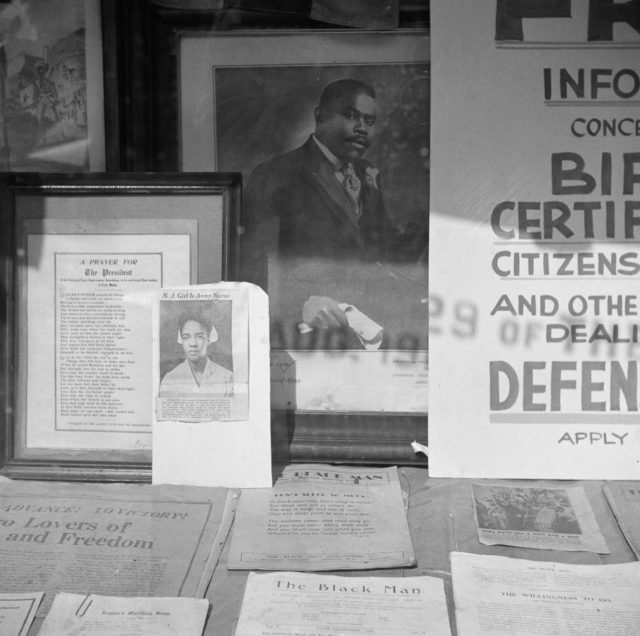
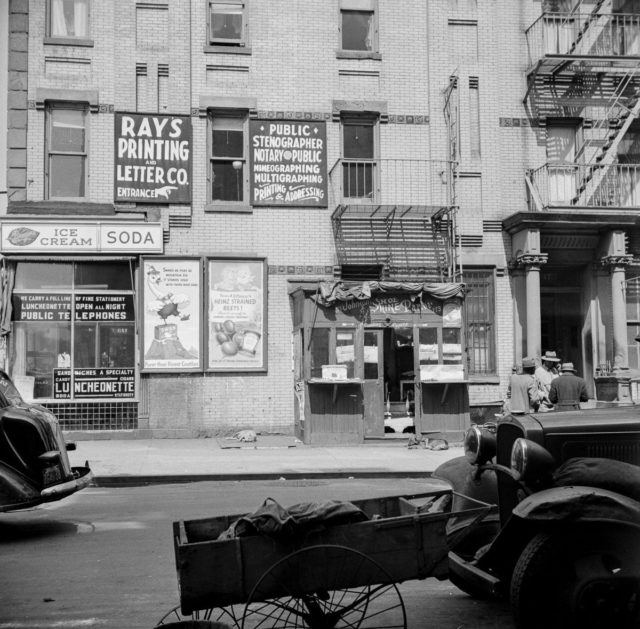
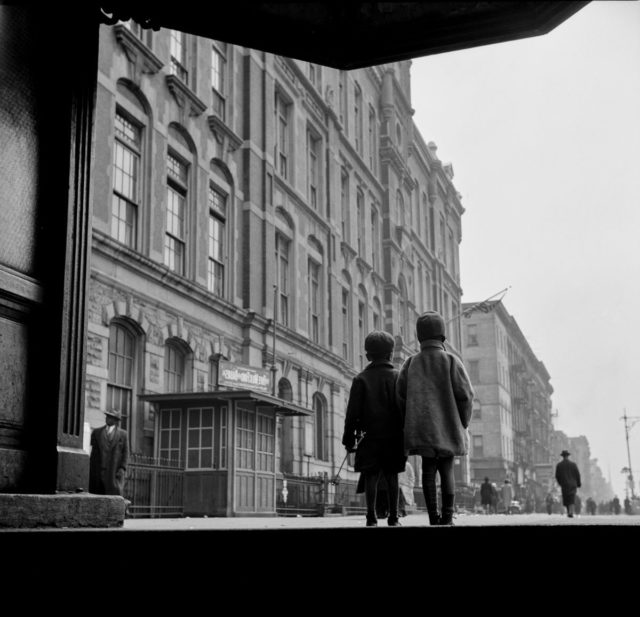
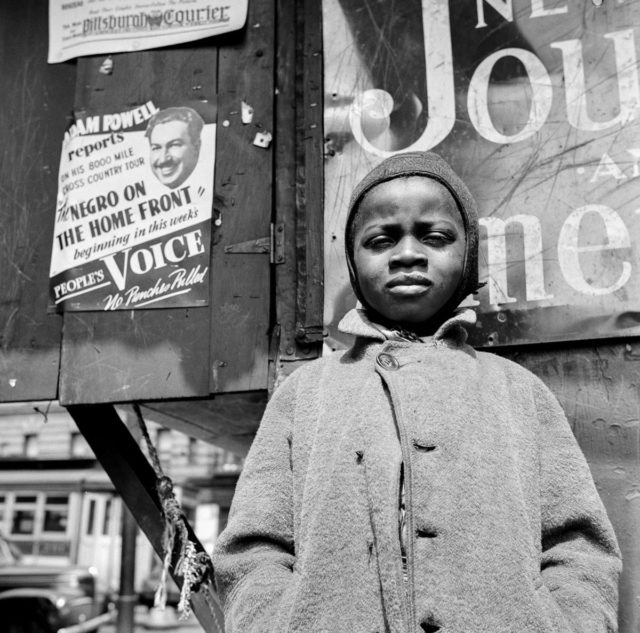
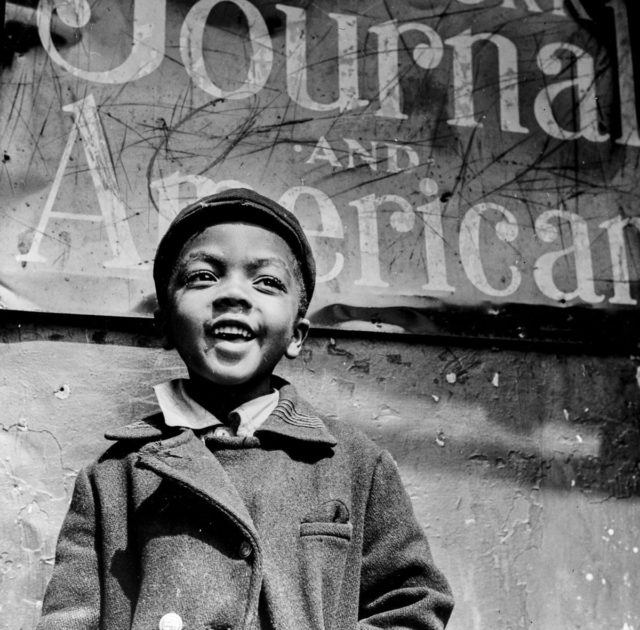
At the age of 25, Parks was struck by photographs of migrant workers in a magazine and bought his first camera, a Voigtländer Brillant, for $12.50 at a Seattle, Washington, pawnshop. The photography clerks who developed Parks’ first roll of film, applauded his work and prompted him to seek a fashion assignment at a women’s clothing store in St. Paul, Minnesota, that was owned by Frank Murphy. Those photographs caught the eye of Marva Louis, wife of heavyweight boxing champion Joe Louis. She encouraged Parks to move to Chicago in 1940, where he began a portrait business and specialized in photographs of society women. Parks’s photographic work in Chicago, especially in capturing the myriad experiences of African Americans across the city, led him to receive the Julius Rosenwald Fellowship, which, in turn, contributed to being asked to join the Farm Security Administration under the auspice of Roy Stryker.
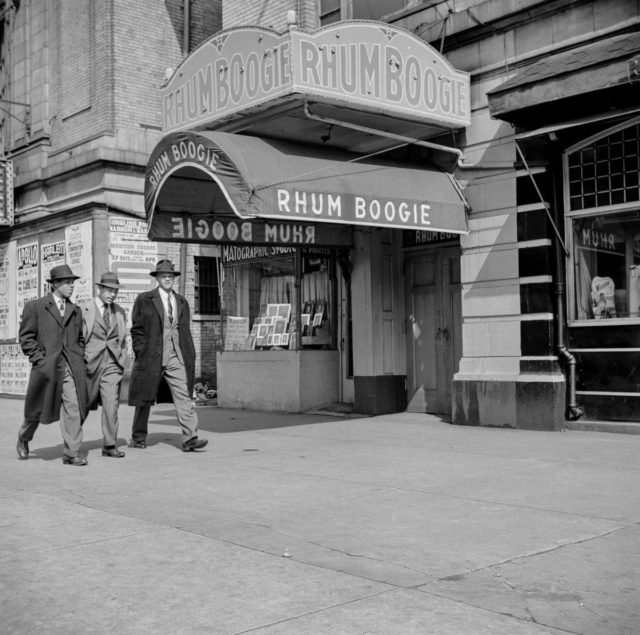
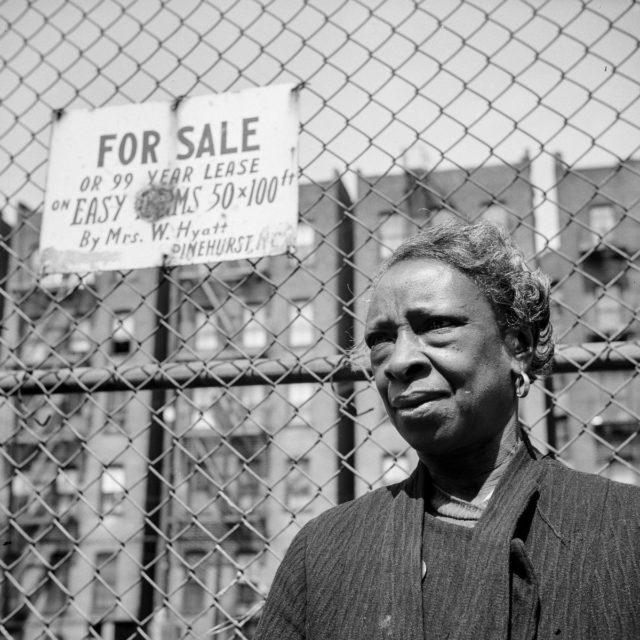
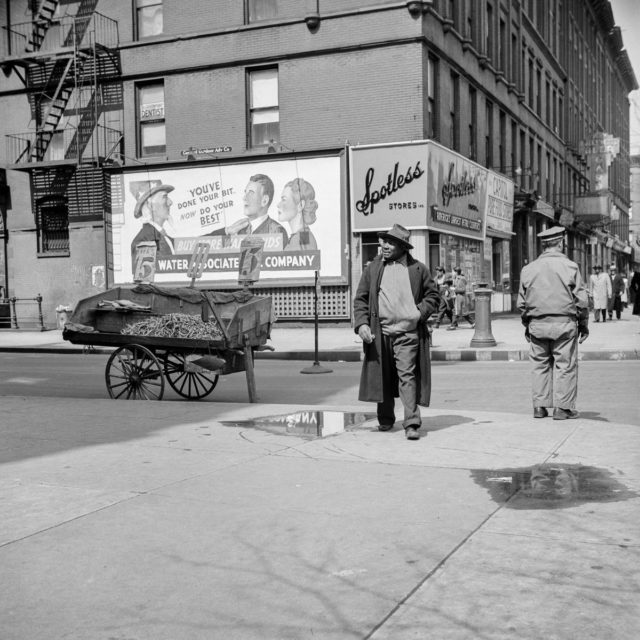
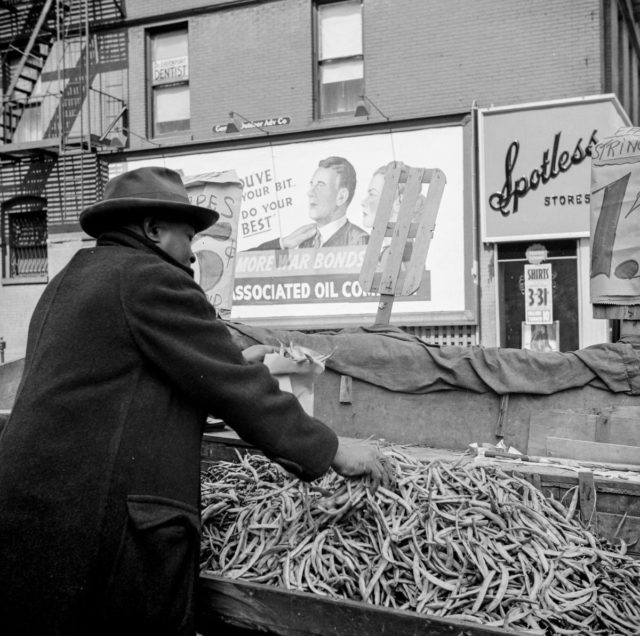
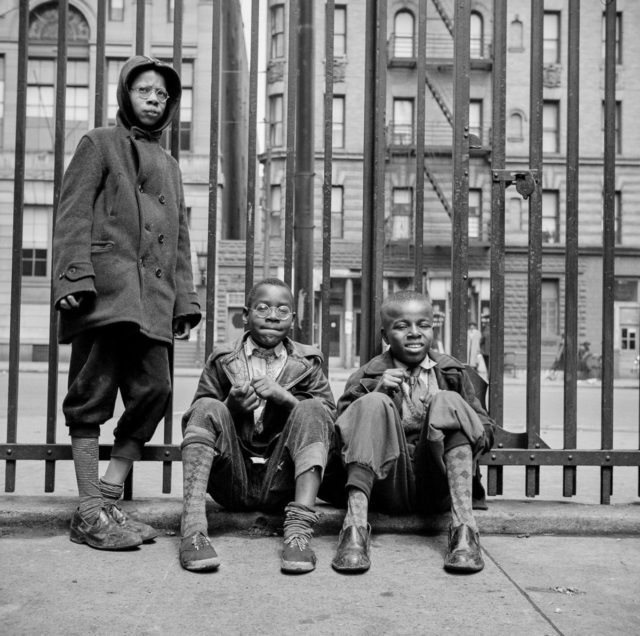
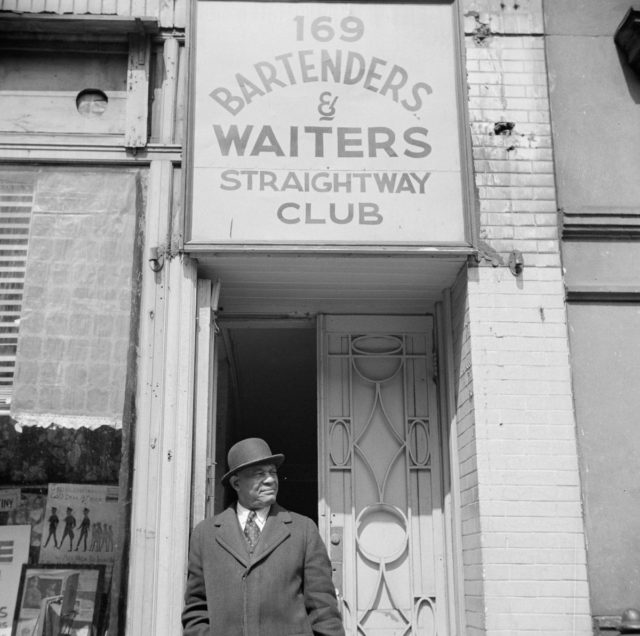
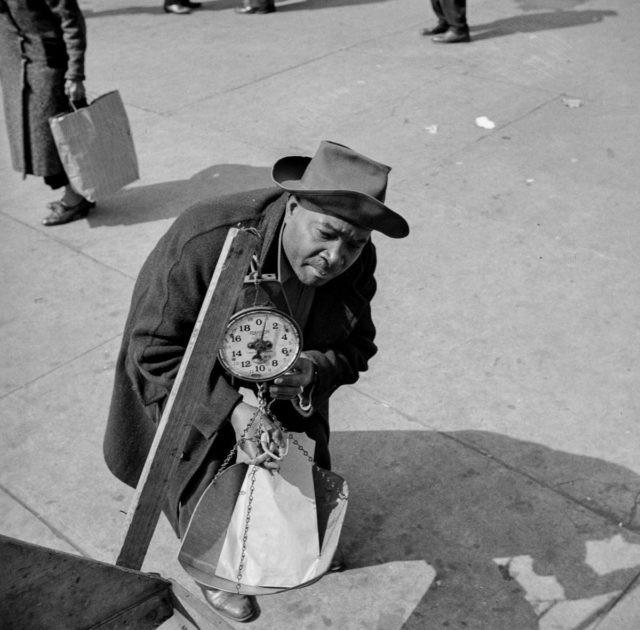
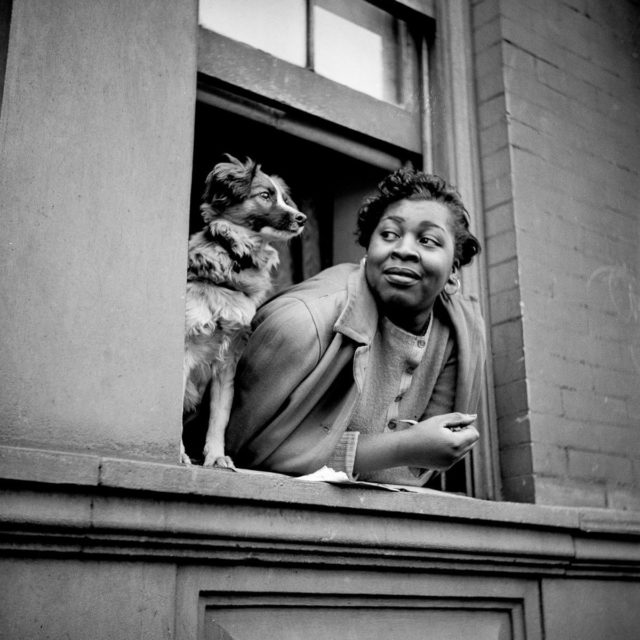
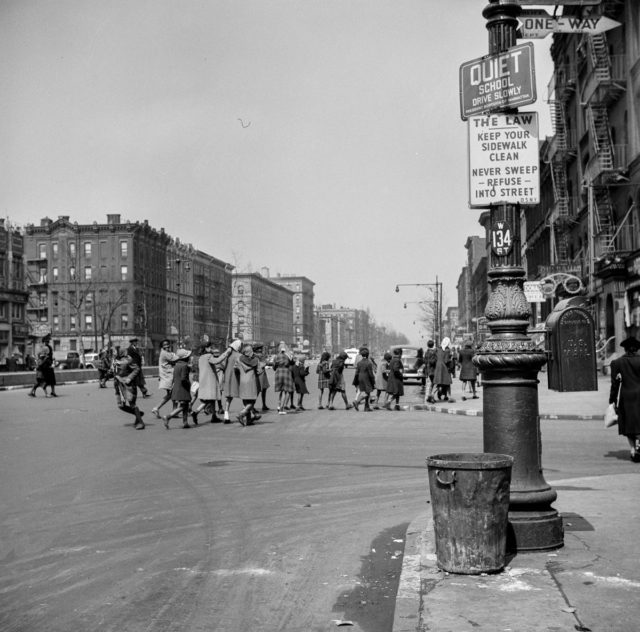
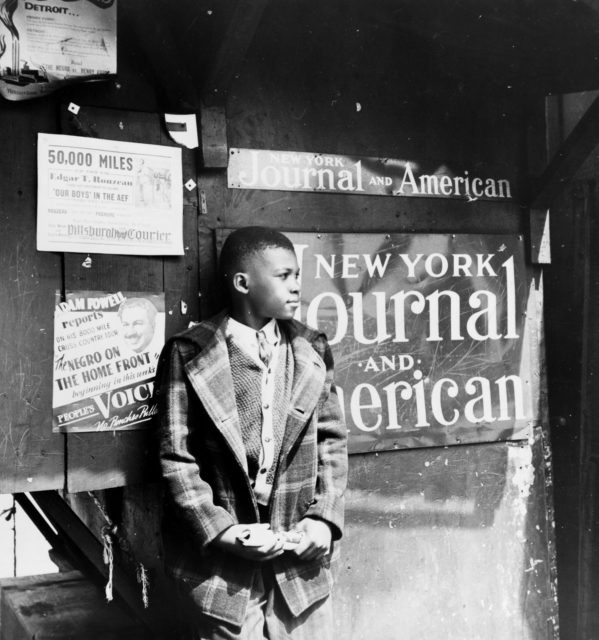
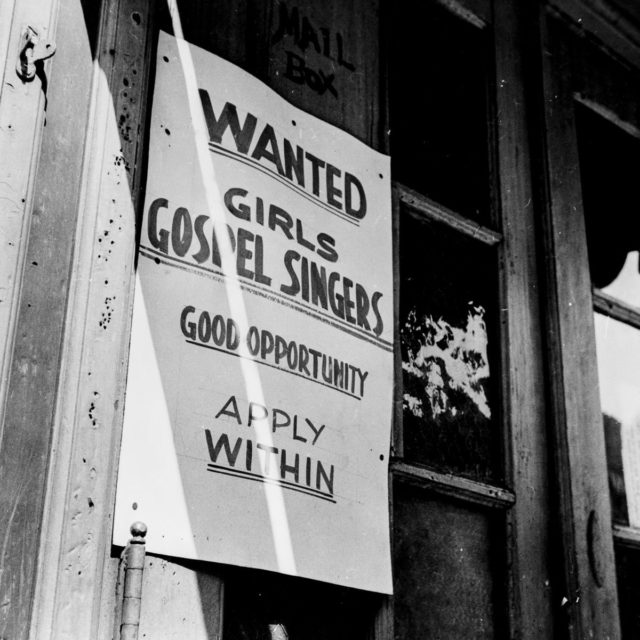
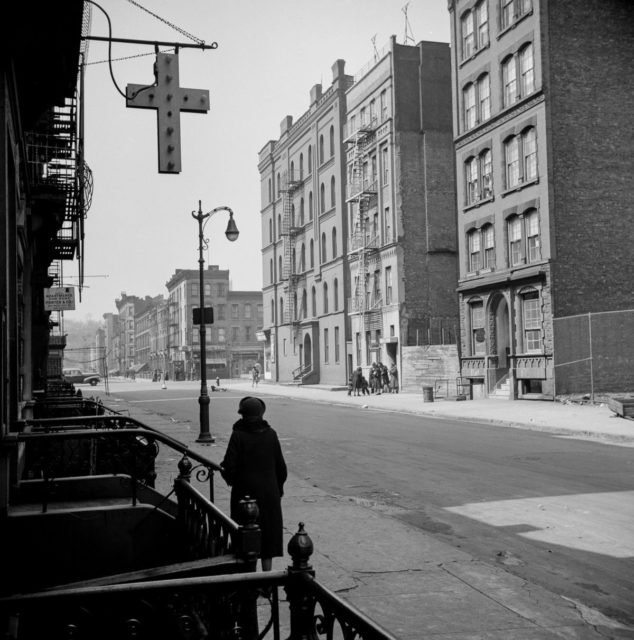
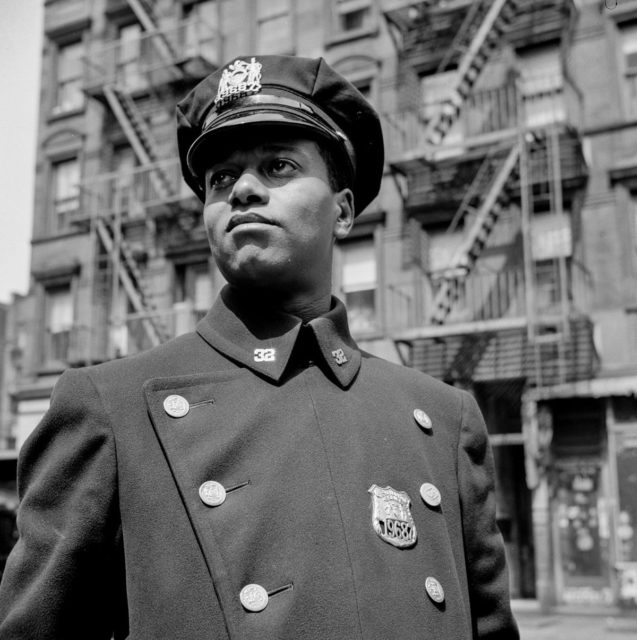
A 1948 photographic essay on a young Harlem gang leader won Parks a staff job as a photographer and writer with America’s leading photo-magazine, Life. His involvement with Life would last until 1972. For over 20 years, Parks produced photographs on subjects including fashion, sports, Broadway, poverty, and racial segregation, as well as portraits of Malcolm X, Stokely Carmichael, Muhammad Ali, and Barbra Streisand. He became “one of the most provocative and celebrated photojournalists in the United States.
All photos by Gordon Parks/ Library of Congress
